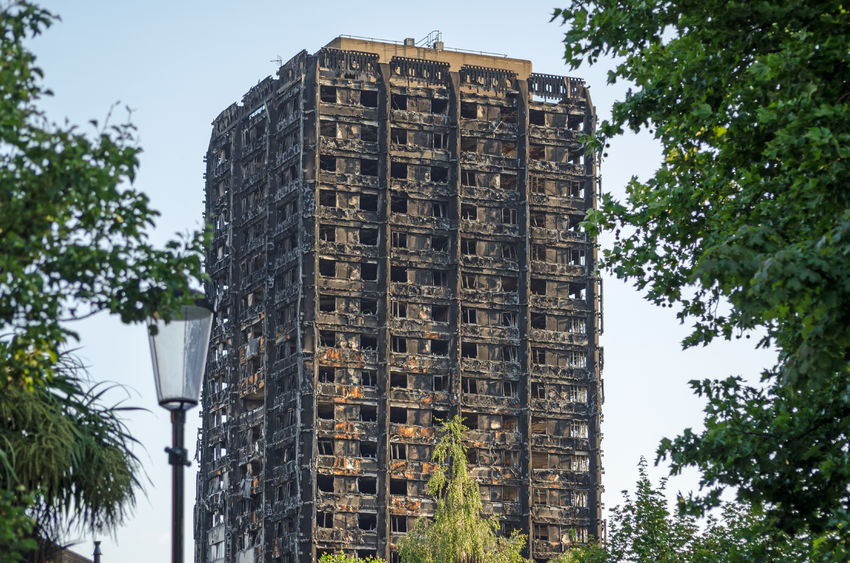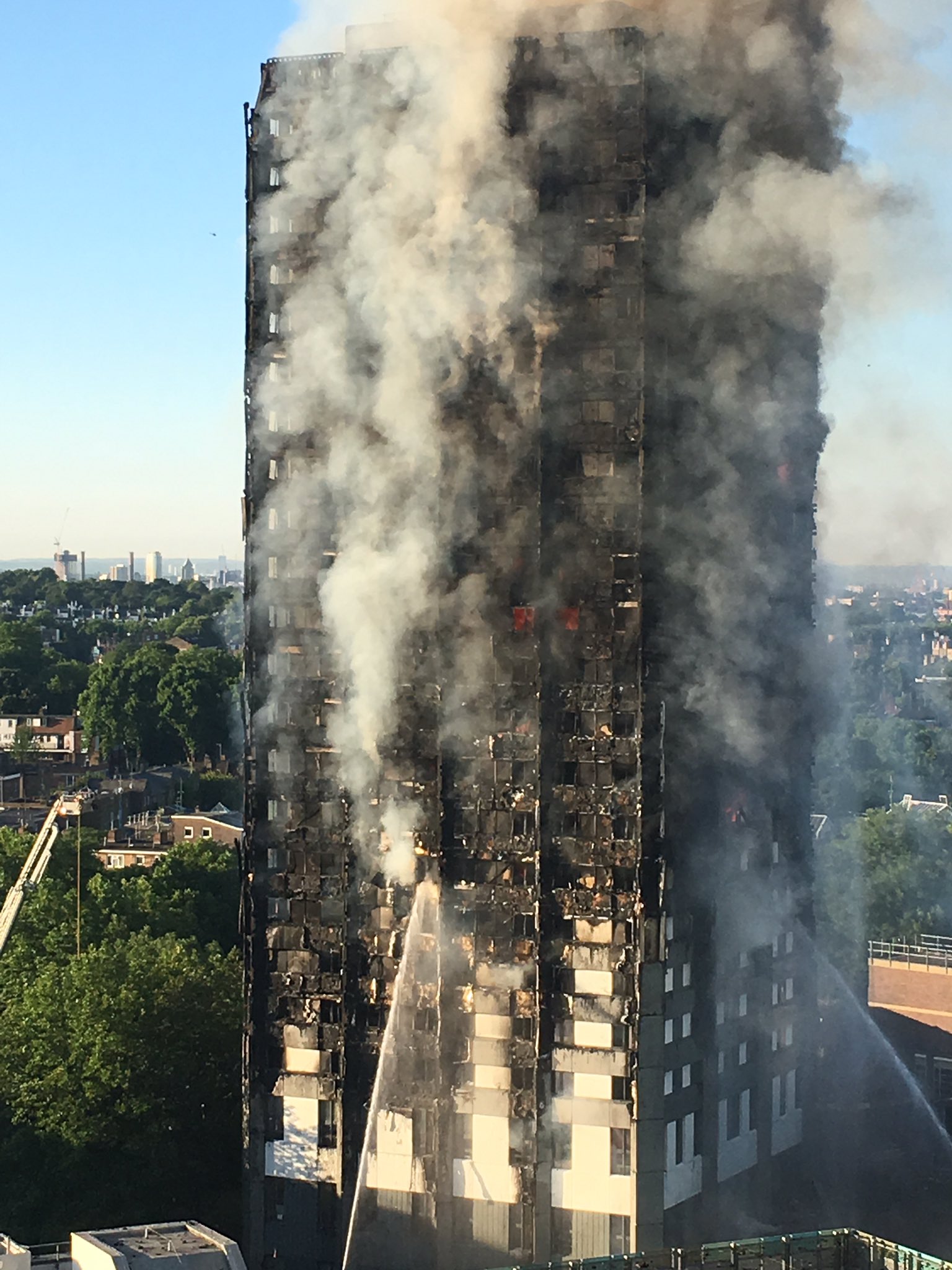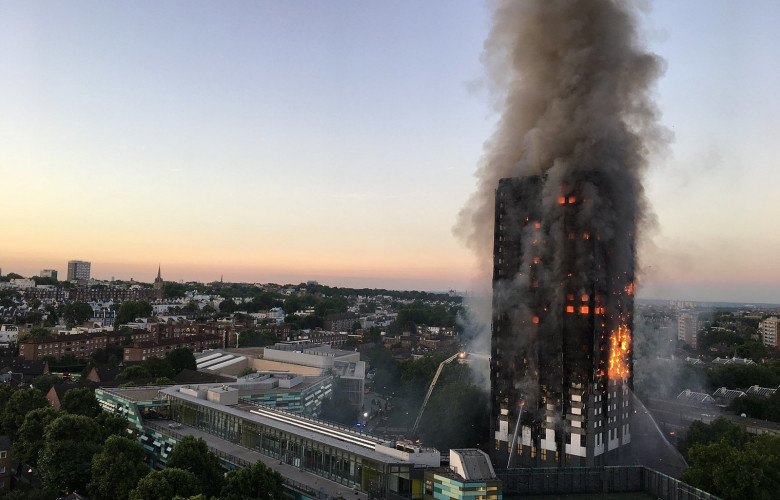How close did we come to having our own Grenfell disaster?
Contact
How close did we come to having our own Grenfell disaster?
Eerily close, according to Evaculife Managing Director, Bruce Bromley, who says the La Crosse apartment building in Melbourne’s Docklands could have easily suffered the same fate as the Grenfell disaster in London.
It has been over a year since the Grenfell Tower fire in London, that resulted in 72 deaths and ignited worldwide debate about the safety of combustible aluminium cladding that adorns many high-rise buildings.
And it appears we narrowly avoided the same disaster.
Evaculife Managing Director, Bruce Bromley, said the La Crosse apartment building in Melbourne’s Docklands — also lined with flammable cladding — could have easily experienced a similar fate if it were a different time of day.
“A few more sprinkler heads activated, a different time of day, a different wind, the system would have been overrun and we could easily have had our own Grenfell UK disaster," he said.
“What most people do not realise with the La Crosse fire in Docklands is the wind blew the smoke and flames away from the building, and we got lucky in terms of the low water demand in the surrounding area at the time as the number of sprinklers that operated exceeded the design capacity,” he said.

Image by Natalie Oxford via WikiCommons.
A member of the Standards Australia Development Committee and a former member of the Fire Protection Association Australia Technical & Advisory Committee, Bruce has too often seen the fire dangers of buildings and is urging construction companies to stop putting dollar figures ahead of public safety.
“Aluminium cladding with polyethylene core has been widely used in Australia buildings for the last 40 years due to it ticking the boxes for many builders and construction companies.
“Firstly, it’s cheap, it’s fast to install and it can be installed by anyone with minimal training. It ticks a lot of boxes such as longevity, environmental insulation ratings and low maintenance.
Related reading: DesignBUILD panel addressed life-and-death matter of product compliance
“It also allows for a lightweight façade, which in turn allows for flexibility in design and greater expanses.
“What many don’t realise is fire mitigation is impossible when dealing with this type of cladding. The MFB has stated numerous times that they cannot fight fires above 12 storeys, and providing sprinklers to the outside of buildings doesn’t work, as wind and weather can affect the sprinklers.”
Bromley told WILLIAMS MEDIA removal and replacement is the first option, but who pays for this is likely going to be a sticking point for a number of years.
“The government needs to step in and make removal and replacement mandatory,” he said.
Expanded polystyrene insulation is another widely used, although lesser-known, cheap material which adds to the fire load.
In addition to being a fire hazard, Bruce said both products are prone to melting, dripping and collapsing.
“When burning, polyethylene and polystyrene release two and half times the amount of energy as an equivalent amount of wood,” said Bruce.

Image by Natalie Oxford via WikiCommons.
Until removal and replacement becomes mandatory, Bruce is urging all developers to consider introducing smoke masks in residential buildings in the event that a fire does occur and smoke fills the space residents can still evacuate.
“Smoke inhalation is the number one killer in a fire situation, toxic smoke kills faster than fire," Bromley said.
What are the current laws and legislation around flammable cladding?
The Grenfell Tower fire fuelled greater scrutiny of building regulation in Australia and renewed momentum with respect to the use of non-compliant building products.
The Commonwealth has introduced a bill that seeks to ban the importation of aluminium composite panels with a polyethylene core, while Queensland is the first state to introduce legislation targeting non-conforming building products, including cladding.
Across the other states, a number of state taskforces and audits have been set up to address the issue of flammable aluminium cladding.
Related reading: London fire: Could it happen here?
Many industry bodies are calling for a national fire safety commission to be established.
Here's what to do if you think your building has flammable cladding
Firstly, it's important to keep in mind that buildings with cladding are not necessarily all dangerous - there are many factors that need to be taken into account, including existing fire safety systems, so each case needs to be carefully reviewed and assessed by experts.
But if you are a concerned tenant or owner, contact the building owner, building manager or body corporate official and alert them of your concerns.
Related reading:
Australian suppliers sold cladding they knew was flammable: Four Corners
Flammable cladding in high rise? It’s time to revisit issues for buyers and existing owners





